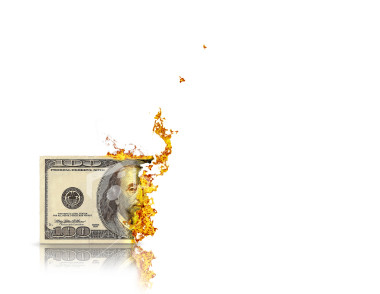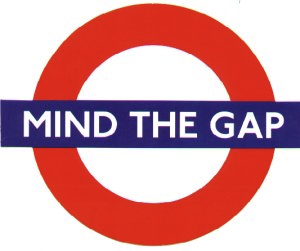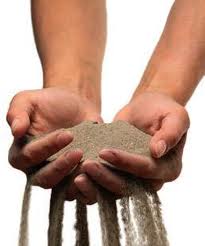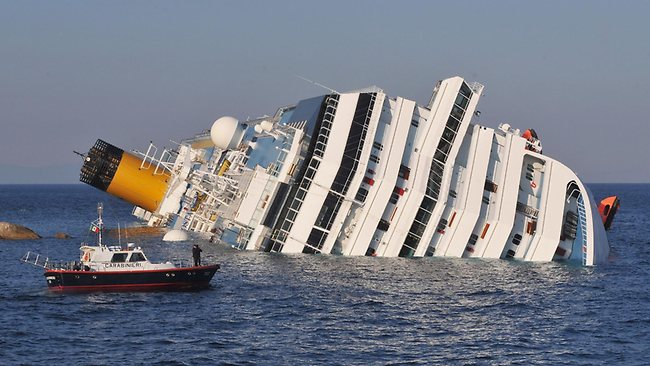Crazy as this seems, surveys and research show this is a common outcome.
There’s got to be a better way to ensure sales executives get a return from their sale training projects. We need to raise the bar in how we select Sales Training providers?
What follows is my personal quest for improving the outcomes of such projects
Three reasons kept surfacing in conversations with sales managers:
1. How Much People Forget.
No matter how well we train sales people and they say they get it, typically most value gained erodes inside 30 days (80%+ is typical)
2. How hard people find it to change their natural behavior
They get frustrated easily, after seeing the value of change and experiencing progress during a training program, they slip back to their default behavior – their comfort zone.
3. Even when trained well, coaching is too little and too-outcome focused. And again people revert to their default behavior pattern.
Our experience is not unusual. All those trying to gain competitive advantage for their companies recognize these problems.
So, we discussed
Why aren’t things improving?
Part of it is, the weariness of one project failure, after another. I think it creates an climate of inevitability. Another is the general malaise stimulated by:
The Embarrassing Statistics of Failure

How much longer?
To be frank they are embarrassing, apart from my research
- American Society of Training & Development in 2012 said, and I quote:“We saw (sales training) projects for which significant amounts of money were invested but led to little result”
- ASTD also found that 90% projects failed but this is old news.
- Did you know that since the late 70’s Neil Rackham’s researchers, who I worked with for 11 years, showed that sales people need 5-7 coaching sessions in 12-16 weeks after a training program to embed a new skill without this 80% lost inside three months, often called Skill Decay
- Here’s an example.
- In a study of 3000 calls of life insurance sales which I led with Linda Marsh, one of the original SPIN research team, we found in one region where no reinforcement or coaching led to 96% skill decay after training. It’s worth noting sales people had to pass a two-week program to get certified. So, how much of their $30 million actually produced desired results including regulatory compliance? In that region alone the regulator could have closed the company down.
- Here’s an example.
It exposes a black hole. If you calculate the amount of coaching needed for a sales manager with, say, 12-15 direct reports – the math shows that it’s practically impossible for the sales manager to give all this coaching especially when burdened with other responsibilities.
It drives me crazy when sales trainers stand up and tell senior managers that it is up to the sales managers to do all the reinforcement
The sad result of sales project failures is typically:
- CFO’s and CEO’s look at sales training as:
- “OK, I suppose so but don’t spend…” or (reluctantly)
- “can’t you do this online so we don’t have to take people of the road” or
- “You can have them, but only for 2 days not 3…” (2012,Fortune 500 Company)
- Guess what they cut out? Application Practice Yes applying new concepts to their world.
- Also after training sales people, they fill out their smiles sheets and say good things but continue to do what they have always done….knowing they can’t deliver, and knowing if they wait out this latest fad…..it too shall pass
Of course it begs questions like:
- What has changed? – in the 90’s and before sales people went for years doing the same thing, in the same way and there was no need to get better.
- Why do sales people need to be more effective?
My survey Focusing Change to Win, I explained it like this; the world is changing far too fast, your competitors are looking for ways to crush you and your customers know more, expect more and have more choice.
For example, I continue to be amazed by many senior executives who don’t systematically ask for lost sales reports:
- So, whose stimulated to find out what proportion of lost sales they could have won
- Let me ask you – do you know how much a lost sale costs? Would you be surprised to know that research shows that the cost of a single lost sale is 3 to 5 times the first year’s revenue of that sale?
- And, while you’re thinking, who can specify what each sales person in your organization has to do…to be a better competitor. Other than the results they need to deliver. (If people are saying things like they need to close more…they don’t get it
Yet for some time research has shown that effective sales training is more akin to effective top-level athletic training. based on the same principles used with Olympic Athletes
When I distilled surveyed leaders’ pitfalls and prescriptions for managing change for competitive success, they made little reference to the competition and competing. So, it’s not surprising that the generally accepted rate of failed change in North America is 70+% except, when a change involves sales people then the failure rate increases to 90% (ASTD Study). It turns out that this higher rate has little to do with seller’s ability or willingness to change. Instead the root cause is the under-investment in developing salespeople to change effectively. It just shows the difficulty of sales-based change initiatives, as ASTD reported 90% failed. It reinforces an uncomfortable truth.
The net result is that Sales Training Project failure reinforces executive’s preference for short-term expedients, like ever-shorter training programs. Ironically, this tendency is often implicitly supported by outside training providers who see these preferences as more profitable.
It’s clear to me that by integrating Neuro-Science research with my sales behavior research-based coaching and organization alignment tracking technology we can the bar for how sales training solutions are judged. More importantly we can markedly increase the measurable value to our clients.
If sales people can’t master the facts before being trained how to use them and in realtime then sales proficiency will not happen.

Training to Performance Gap
Sales people cannot get to Sales Mastery if they can’t recall the FACTS – Product, Technical, and Business of your sales situation in real time.If you don’t find solutions for this problem, CFOs prejudice increase. You are just a money-pit:
“I gave them $1000 per sales person and they wasted $870 in only a month!!” (That’s what the research says….)
The good news – we can now offer integrated solutions that bridge this gap so that we can deliver clients highly competitive skills development with measurable results but more importantly greater competitive differentiation and that is difficult to copy.


